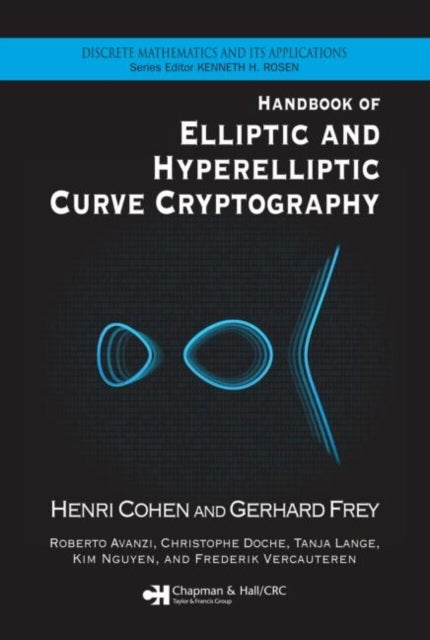
Handbook of Elliptic and Hyperelliptic Curve Cryptography
2849,-
The discrete logarithm problem based on elliptic and hyperelliptic curves has gained a lot of popularity as a cryptographic primitive. The main reason is that no subexponential algorithm for computing discrete logarithms on small genus curves is currently available, except in very special cases. Therefore curve-based cryptosystems require much smaller key sizes than RSA to attain the same security level. This makes them particularly attractive for implementations on memory-restricted devices like smart cards and in high-security applications. <P>The<STRONG> Handbook of Elliptic and Hyperelliptic Curve Cryptography</STRONG> introduces the theory and algorithms involved in curve-based cryptography. After a very detailed exposition of the mathematical background, it provides ready-to-implement algorithms for the group operations and computation of pairings. It explores methods for point counting and constructing curves with the complex multiplication method and provides the algorithms in








